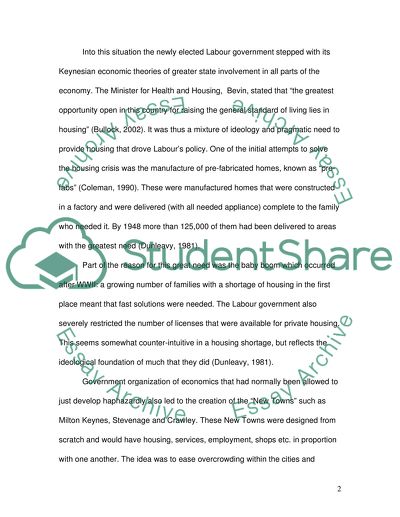Cite this document
(“Housing Policy Essay Example | Topics and Well Written Essays - 5500 words”, n.d.)
Housing Policy Essay Example | Topics and Well Written Essays - 5500 words. Retrieved from https://studentshare.org/sociology/1525078-housing-policy
Housing Policy Essay Example | Topics and Well Written Essays - 5500 words. Retrieved from https://studentshare.org/sociology/1525078-housing-policy
(Housing Policy Essay Example | Topics and Well Written Essays - 5500 Words)
Housing Policy Essay Example | Topics and Well Written Essays - 5500 Words. https://studentshare.org/sociology/1525078-housing-policy.
Housing Policy Essay Example | Topics and Well Written Essays - 5500 Words. https://studentshare.org/sociology/1525078-housing-policy.
“Housing Policy Essay Example | Topics and Well Written Essays - 5500 Words”, n.d. https://studentshare.org/sociology/1525078-housing-policy.


